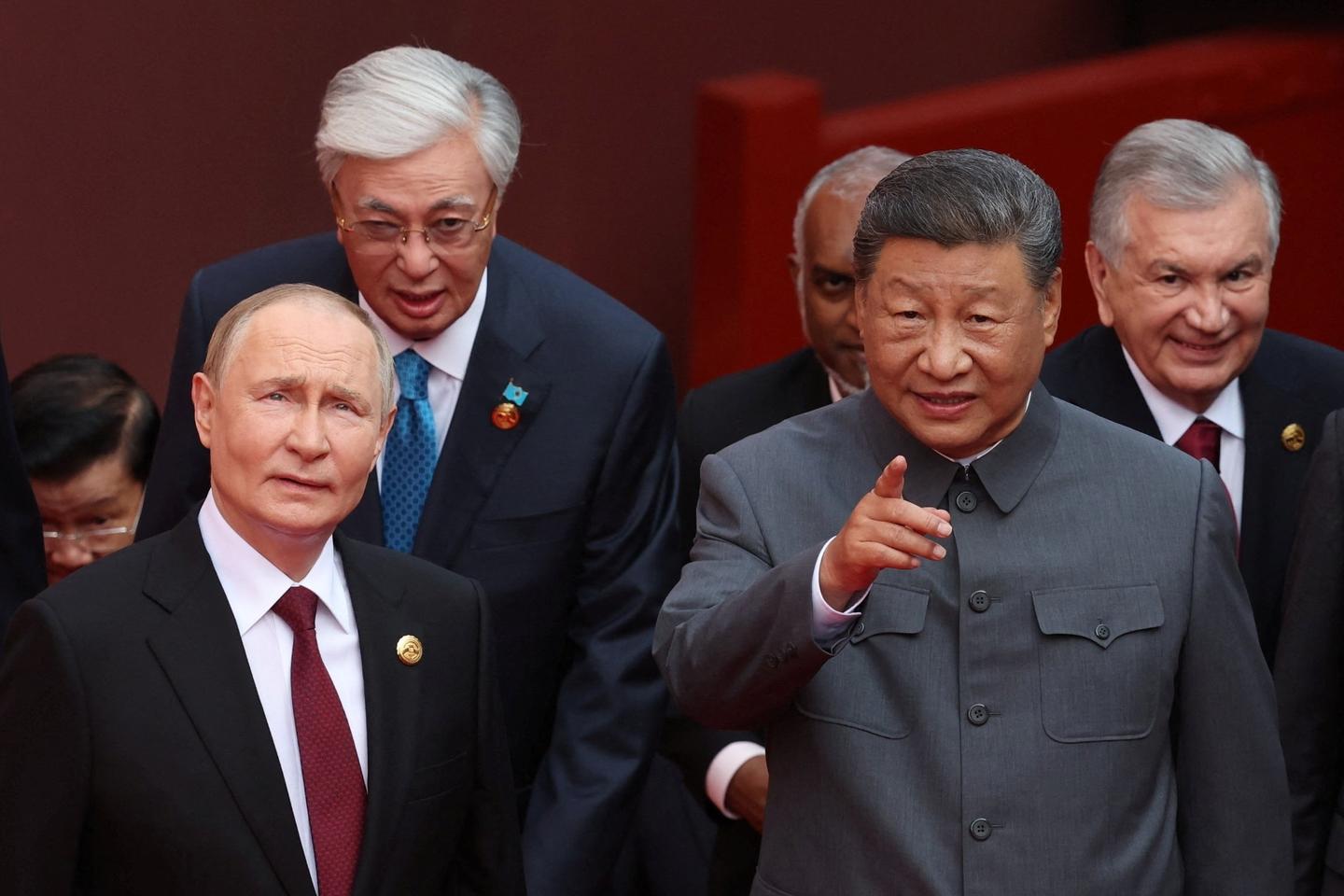


Many of us remember from our Latin classes the story of the Cumaen Sibyl, suspended in a basket, who, when asked by children, wished for death. In exchange for her love, she asked (and obtained) immortality from Apollo, but not eternal youth – a fatal error, for what is the point of survival if the body weakens?
Were Xi Jinping and Vladimir Putin thinking of the fable recounted by Petronius in the Satyricon as they walked together on September 3 to Beijing's military parade marking 80 years since the end of World War II? The theme of immortality – and its opposite, aging and ultimately death – was surely on their minds, both leaders being 72 years old.
From an anthropological perspective, there seems to be a communist fascination with combating the decay of the body. One naturally thinks of the care (and resources) devoted to preserving the remains of the leaders and founders of the great Soviet states: Lenin in Moscow (1924), Ho Chi Minh in Hanoi (1969), Mao Zedong in Beijing (1976) and Kim Il-sung and Kim Jong-il in Pyongyang (1994 and 2011). Beyond preserving these memorial relics and displaying them to the people to foster cohesion, there is perhaps also the idea that as long as the body remains intact, the thought (and the ideology) also survives. The mummy of the leader becomes a kind of (eternal?) guarantor of the system, serving successive rulers to maintain a symbolic continuity of power.
Transforming society as well as humanity
The case of Stalin provides a striking example of this power of the corpse (a sort of "necropower," to paraphrase Michel Foucault's concept of biopower). Embalmed after his death in March 1953 and placed alongside Lenin in the mausoleum on Red Square in Moscow, the leader would, a few years later, fall victim to the trials of de-Stalinization (and the fight against the cult of personality). In October 1961, at the instigation of Nikita Khrushchev, the corpse was buried very discreetly, at night, in the small cemetery at the foot of the Kremlin wall. Very concretely (and symbolically), the burial of Stalin's corpse – his physical annihilation – accompanied the fading of his memory and the negation of his policies. Even today, Putin continues to lament the fall of the USSR and to keep alive some of its most powerful symbols.
You have 59.39% of this article left to read. The rest is for subscribers only.
